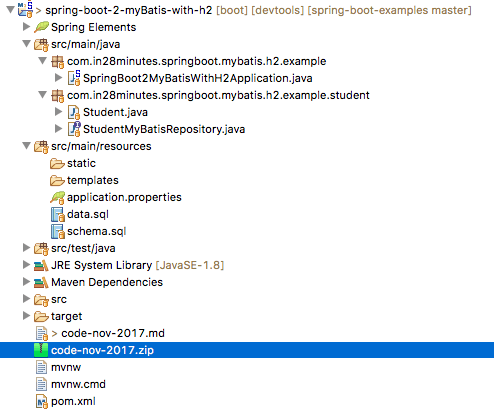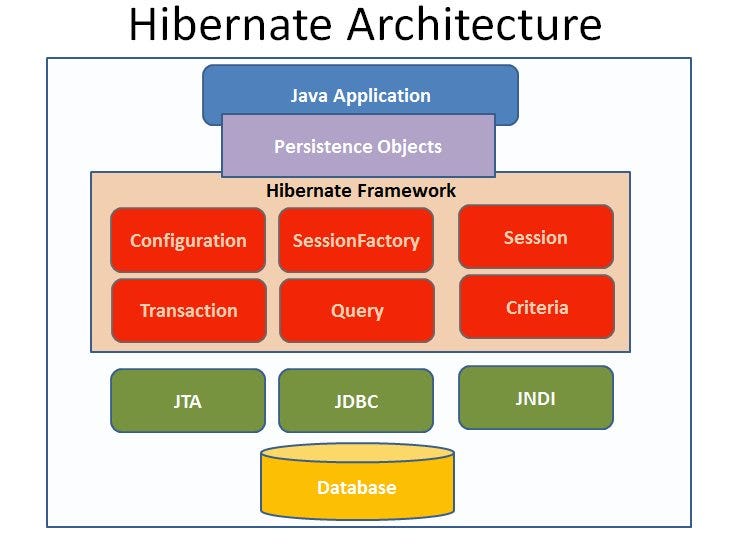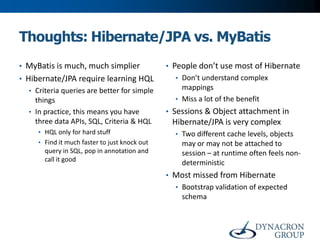Roads & PavementRoads & Pavement
Barefoot
Minimal
Low
Medium
High
Maximal
All around running shoes offer comfort and cushioning for daily runs, jogs, walks, and long mileage. They offer enough versatility for both faster and slower runs and are a great option for those who want one running shoe to do it all.
Fast run or uptempo running shoes are lightweight and responsive. They offer streamlined designs that have minimal uppers and offer a high level of energy return. These shoes are a great option for faster runs in the week or those looking for a livelier experience.
Max Cushion shoes offer premium cushioning with ample ground protection and a stable ride. These types of shoes provide abundant impact protection that softens landings while running at any pace or distance. These types of shoes are best for slower recovery runs and easy days where comfort takes priority.
Racing shoes are designed with optimal performance in mind. These types of shoes have snug-fitting uppers, energetic midsole foams, and features implemented for maximum efficiency. These types of shoes are best for runners looking to gain the ultimate advantage in races but may sacrifice some durability and comfort.
Gym Workout shoes offer a stable and versatile ride. They have a firmer underfoot feeling that provides stability for lateral movements with comfortable uppers. These types of shoes are best for trips to the gyms, cross training, casual wear, and light running. Hibernate vs JPA vs Spring Data JPA by Dineshchandgr A Top
Road running shoes feature smooth outsoles that are designed for running on paved surfaces such as roads, sidewalks, and bike paths.
Designed to handle most trail runs, these shoes prioritize comfort and a smooth ride. These shoes are great for anything from smooth singletrack, park trails, and fireroads making them ideal for those who run from their doorstep on streets before hitting the trail.
These shoes are best used for hard, rugged trails such as shale, granite or sandstone where grip on smooth surfaces and underfoot protection are important.
Designed for use in muddy, soggy conditions, these shoes feature very aggressive outsoles that dig deep into soft ground for exceptional traction.
These shoes feature technical outsoles designed to grip snowy and icy trails making them ideal for winter trail running.
Cushioning level, or stack height, refers to how much shoe is between your foot and the ground. For this category, we reference the amount of cushioning below the forefoot as the heel height will be equal to or greater than the forefoot height.
SeaJUG May 2012 mybatis PPT
0-13mm. The Shoe generally does not have a midsole and feels like there is no cushioning. This shoe is all about feeling the ground underfoot.
14-18mm. The shoe has a thin midsole that allows for a natural running experience. Racing shoes and minimalist shoes are common here. These shoes offer a feeling of being connected to the road or trail.
19-23mm. The shoe has a slightly cushioned feel and may feature added cushioning technologies. Performance training shoes and some trail shoes are common here. These offer protection during footstrike but prioritize a lightweight, grounded experience.
24-28mm. These shoes have a stack height that fall near the middle of the spectrum.The shoes in this category are verstaile and great for all types of runs and distances.
29-34mm. The shoe has a thick midsole and ample cushioning. These shoes are highly protective and absorb more impact than the body.
35mm plus. The shoe has an extremely thick midsole and extra cushioning. The focus is on protection and soft foam underfoot with hardly any ground feel.
Neutral shoes support the foot through a normal range of arch collapse and generally do not have a built-in technology to correct movement.
Stability shoes are a great option for those who overpronate or need added support. These shoes help to limit the inward rolling motion of the ankle while running or walking and assist in guiding the foot straight through the gait cycle. Java data access technology survey results Vlad Mihalcea
Product Details:
Java Spring Hibernate MyBatis store, SeaJUG May 2012 mybatis PPT store, ibatis ibatis hibernate store, Mybatis Hibernate JPA mybatis store, Object Relational Mapping. What does ORM do Maps Object Model to store, Hibernate vs JPA vs Spring Data JPA by Dineshchandgr A Top store, Object Relational Mapping. What does ORM do Maps Object Model to store, Using MyBatis in Alfresco custom extensions Alfresco Devcon 2012 store, Comparative analysis of the efficiency of Data Persistence store, mybatis ORM store, Hibernate iBatis SqlMap OR Mapping store, PDF Version Tutorials Point store, jpa understanding spring boot and hibernate interaction Stack store, Hibernate in Nutshell PPT store, iBatis Marco de Desarrollo de la Junta de Andaluc a store, JDBC JPA Hibernate Mybatis store, Java data access technology survey results Vlad Mihalcea store, SeaJUG May 2012 mybatis PPT store, Hibernate vs JPA vs Spring Data JPA by Dineshchandgr A Top store, Spring Boot and iBatis with H2 A Tutorial Spring Boot Tutorial store, Hibernate vs MyBatis Here s Everything You Need to Know store, JPA JPA Hibernate Mybatis store, MYBATIS Overview store, Ibatis Tutorial PDF Application Programming Interface Software store, Dolenc Hibernate vs. iBatis PPT store, JPA and Hibernate Tutorial using Spring Boot Data JPA Spring store, Hibernate Mybatis Java store, Spring Persistence A Running Start SpringerLink store, iBatis or Hibernate store, Spring jpa Hibernate mybatis SQL Mapper ORM store, Dolenc Hibernate vs. iBatis PPT store, Spring Boot Spring Data JPA vs MyBatis by Peter Lee An Idea store, iBATIS DAO Spring and Middlegen code generation store, JDBC JPA Hibernate Mybatis store, Java Peristence Framework MyBatis Hibernate or JPA Luu Quang store, What is the ORM Tool In Java store, Dolenc Hibernate vs. iBatis PPT store, The most insightful stories about Mybatis Medium store, Hibernate vs. iBatis N osoft store, Why Try MyBatis store, Hibernate vs MyBatis What are the differences store, Javarevisited Difference between JPA Hibernate and MyBatis in Java store, java mybatis the world s most popular sql mapping framework store, Difference between Hibernate JPA MyBatis Java67 store, Unlocking the Power of ORM Frameworks A Developer s Ultimate store, Difference between Hibernate JPA MyBatis Java67 store, Hibernate vs MyBatis Here s Everything You Need to Know store, Choosing Between Hibernate and MyBatis A Guide to Java store, MyBatis vs Hibernate Top 8 Differences You Should Know store, Hibernate vs MyBatis Here s Everything You Need to Know store, Product Info:
Hibernate ibatis store.
- Increased inherent stability
- Smooth transitions
- All day comfort
Model Number: SKU#7642080





